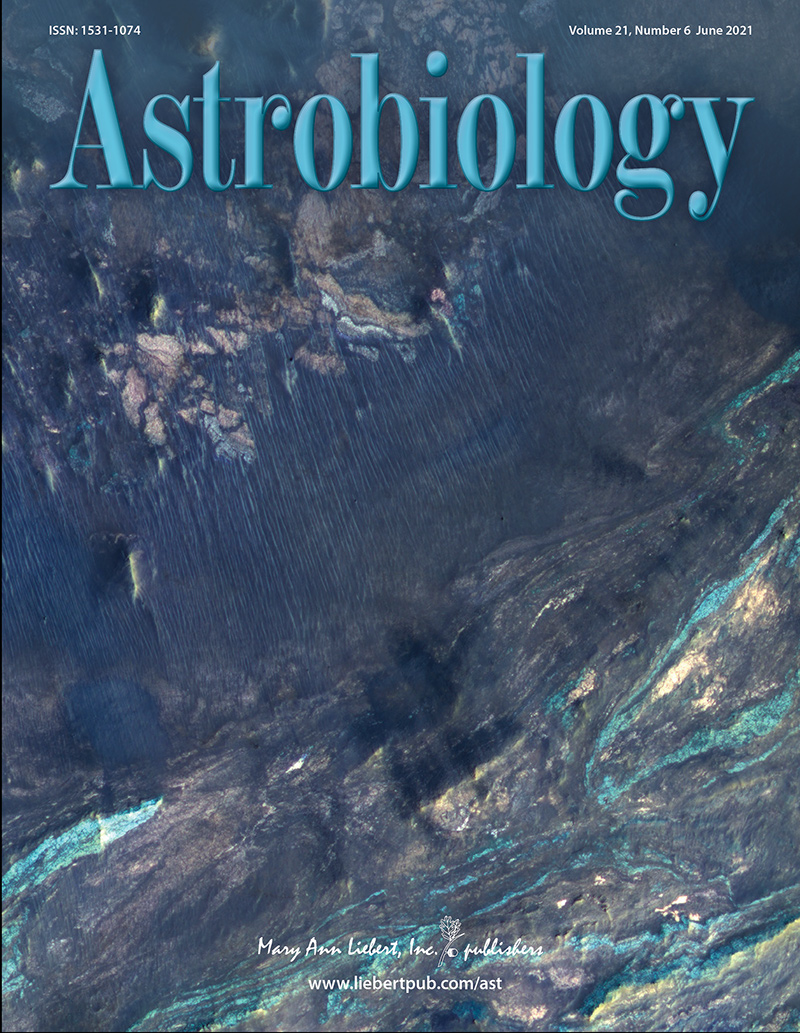New research suggests that rocks in the Martian crust could produce the same kind of chemical energy that supports microbial life deep beneath Earth's surface.

PROVIDENCE, R.I. [Brown University] - As NASA's Perseverance rover begins its search for ancient life on the surface of Mars, a new study suggests that the Martian subsurface might be a good place to look for possible present-day life on the Red Planet.
The study, published in the journal Astrobiology, looked at the chemical composition of Martian meteorites - rocks blasted off of the surface of Mars that eventually landed on Earth. The analysis determined that those rocks, if in consistent contact with water, would produce the chemical energy needed to support microbial communities similar to those that survive in the unlit depths of the Earth. Because these meteorites may be representative of vast swaths of the Martian crust, the findings suggest that much of the Mars subsurface could be habitable.
"The big implication here for subsurface exploration science is that wherever you have groundwater on Mars, there's a good chance that you have enough chemical energy to support subsurface microbial life," said Jesse Tarnas, a postdoctoral researcher at NASA's Jet Propulsion Laboratory who led the study while completing his Ph.D. at Brown University. "We don't know whether life ever got started beneath the surface of Mars, but if it did, we think there would be ample energy there to sustain it right up to today."
In recent decades, scientists have discovered that Earth's depths are home to a vast biome that exists largely separated from the world above. Lacking sunlight, these creatures survive using the byproducts of chemical reactions produced when rocks come into contact with water.
One of those reactions is radiolysis, which occurs when radioactive elements within rocks react with water trapped in pore and fracture space. The reaction breaks water molecules into their constituent elements, hydrogen and oxygen. The liberated hydrogen is dissolved in the remaining groundwater, while minerals like pyrite (fool's gold) soak up free oxygen to form sulfate minerals. Microbes can ingest the dissolved hydrogen as fuel and use the oxygen preserved in the sulfates to "burn" that fuel.






